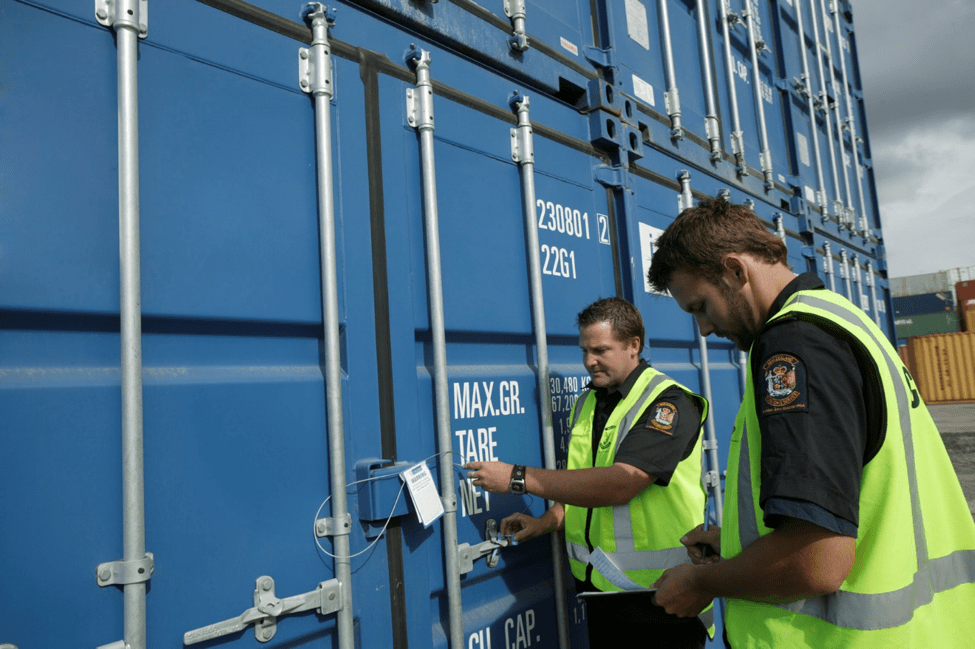Even today, it remains a mystery – how import shipments are selected to be inspected by U.S. CBP (Customs and Border Protection,) as the force has never disclosed criteria. There is a classified risk factor number assigned to all shipments that are about to enter the U.S. border, but we do not know the formula used to determine the risk factors leading to inspection.
The law is clear in saying it is at CBP’s absolute discretion to select one shipment over another without providing any reasoning.
However, CBP does provide a notification to your customs broker that they will be advising a “manifest hold.” The good news is that MTS Logistics has years of experience in the matter, and can advise beforehand of such a possibility. Also, since MTS Logistics is C-TPAT certified, your shipment will cut the line and be examined before others that do not have this certification.
Below are some of the reasons that your shipment may raise a red flag with U.S. CBP:
- Random Examination. There can be no particular reason for your cargo to be inspected, but it is chosen randomly, as CBP regularly does random examinations on a small percentage of shipments. It can be a VACIS (x-ray), tailgate, partial, or intensive, exam.
- Type of Commodity. Based on the type of the commodity being imported, further exams may be required. Pharmaceuticals and chemicals can be sent for chemical analysis, for example, to ensure the correct classification of the goods. Animal products and perishable cargo are subject to approval by The Food and Drug Administration (FDA), United States Department of Agriculture (USDA) or any other government agency.
- Country of Origin. If you are importing from some countries that are under CBP’s flag list, your shipment is most likely to be inspected. For instance, if your cargo originates from Colombia, it is very likely that customs officers will be looking for drugs in their inspection. Also, be aware that there are some countries considered embargoed or sanctioned countries – Crimea (a region of Ukraine), Cuba, Iran, North Korea, Sudan, and Syria) – where the government prohibits ALL transactions (including imports and exports) without a license authorization.
- Flagged Shippers. CBP has a huge database of all shippers importing to the U.S. Some of them are flagged for inspection if there are suspicions that the shipper previously mis-declared their goods under an HS code that pays less duties to the government, or even undercutting the commercial invoices so that they will be taxed on smaller amounts. For that reason in particular, there are antidumping duties imposed, in addition to regular duties for countries like China, and for specific shippers or factories.
- Flagged Importers. The same rule applies to the importer, too. If you have a history of penalties imposed on you because you tried to mis-declare cargo, your next shipments are going to be inspected. Also, first-time importers are flagged for examination until it is determined that they comply with customs rules and regulations.
These are only a few of the most common reasons that a customs inspection is triggered. There are plenty of others. We would love to hear your experience with customs inspections, so please feel free to leave your comments below.
- 151shares
- 77LinkedIn




